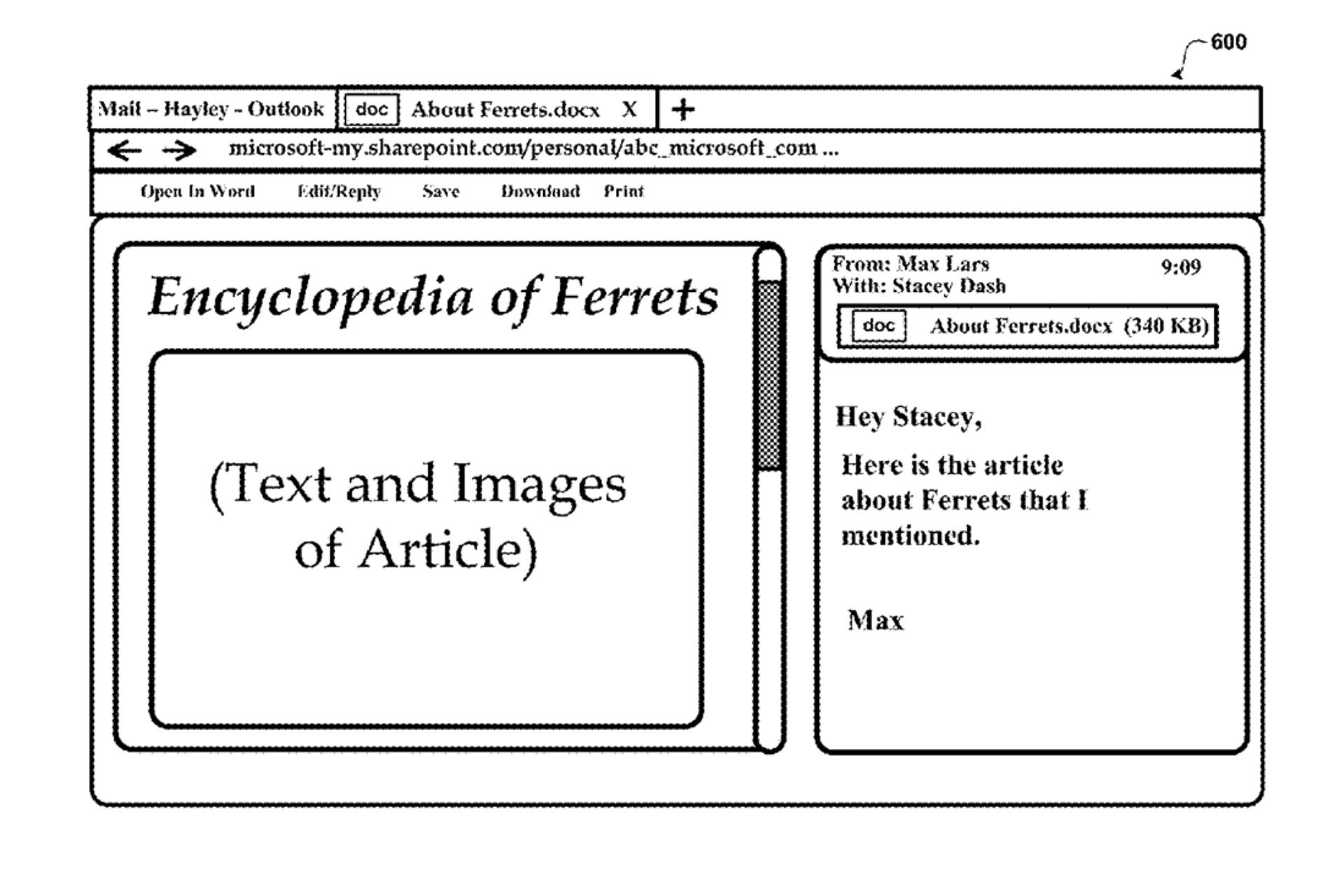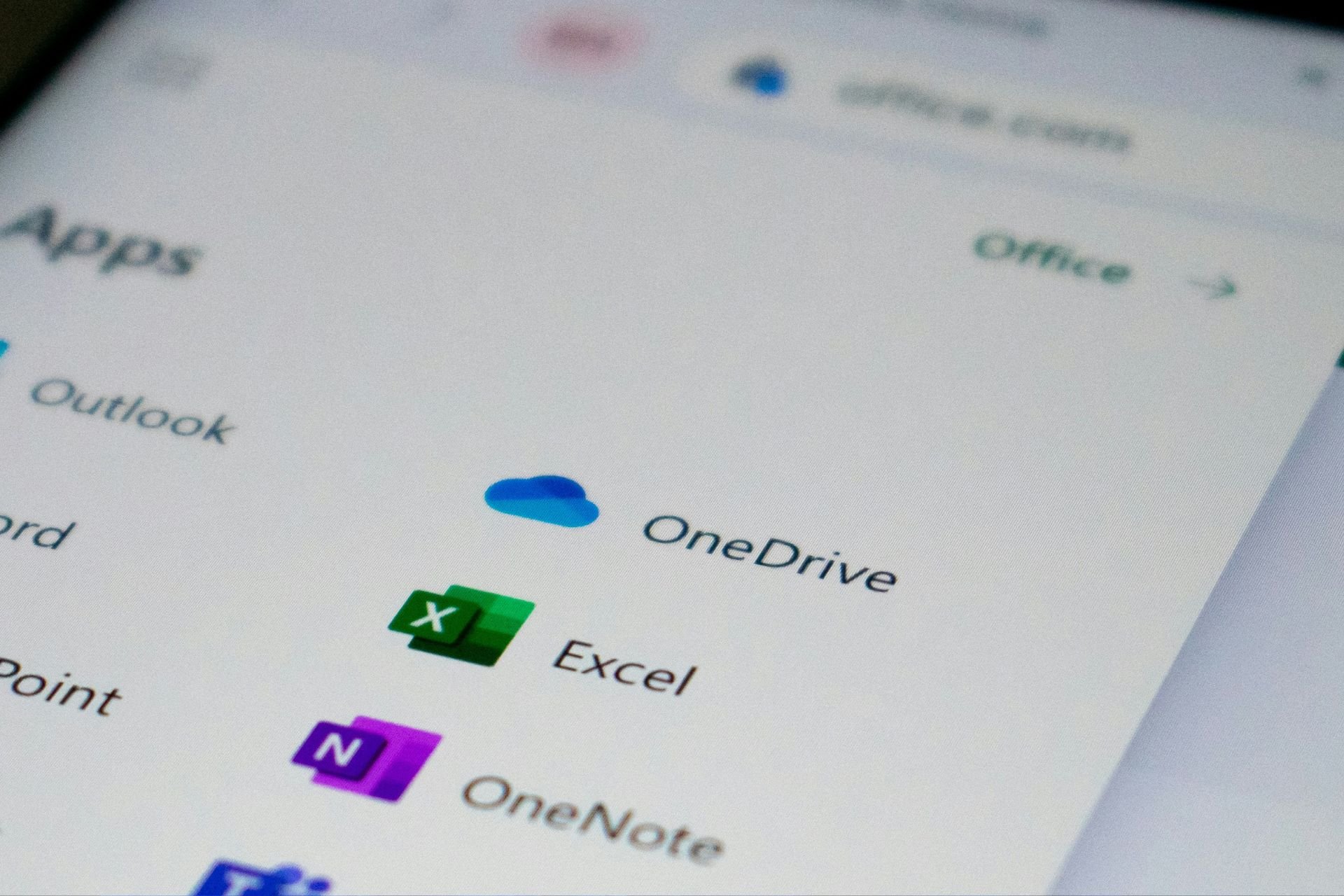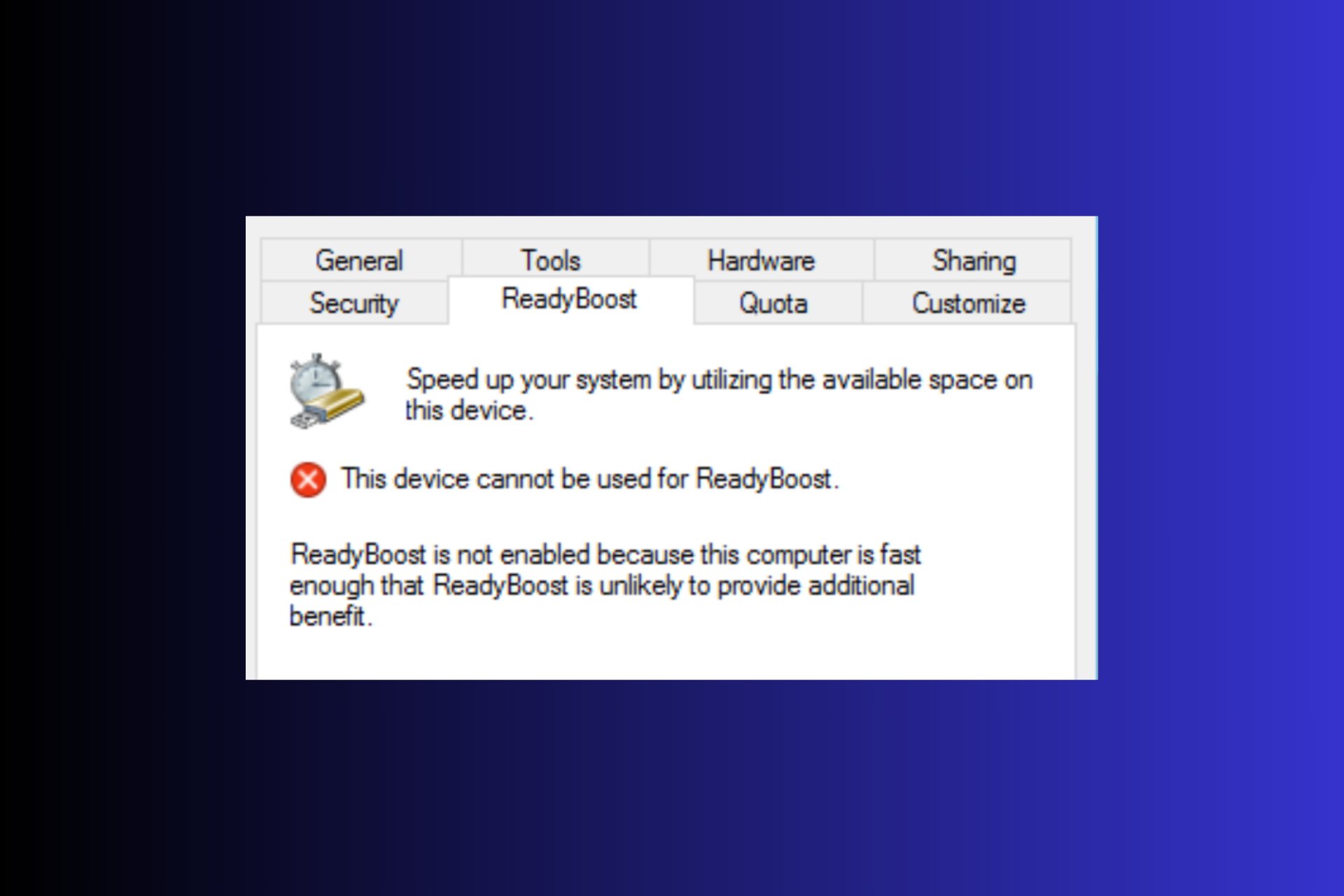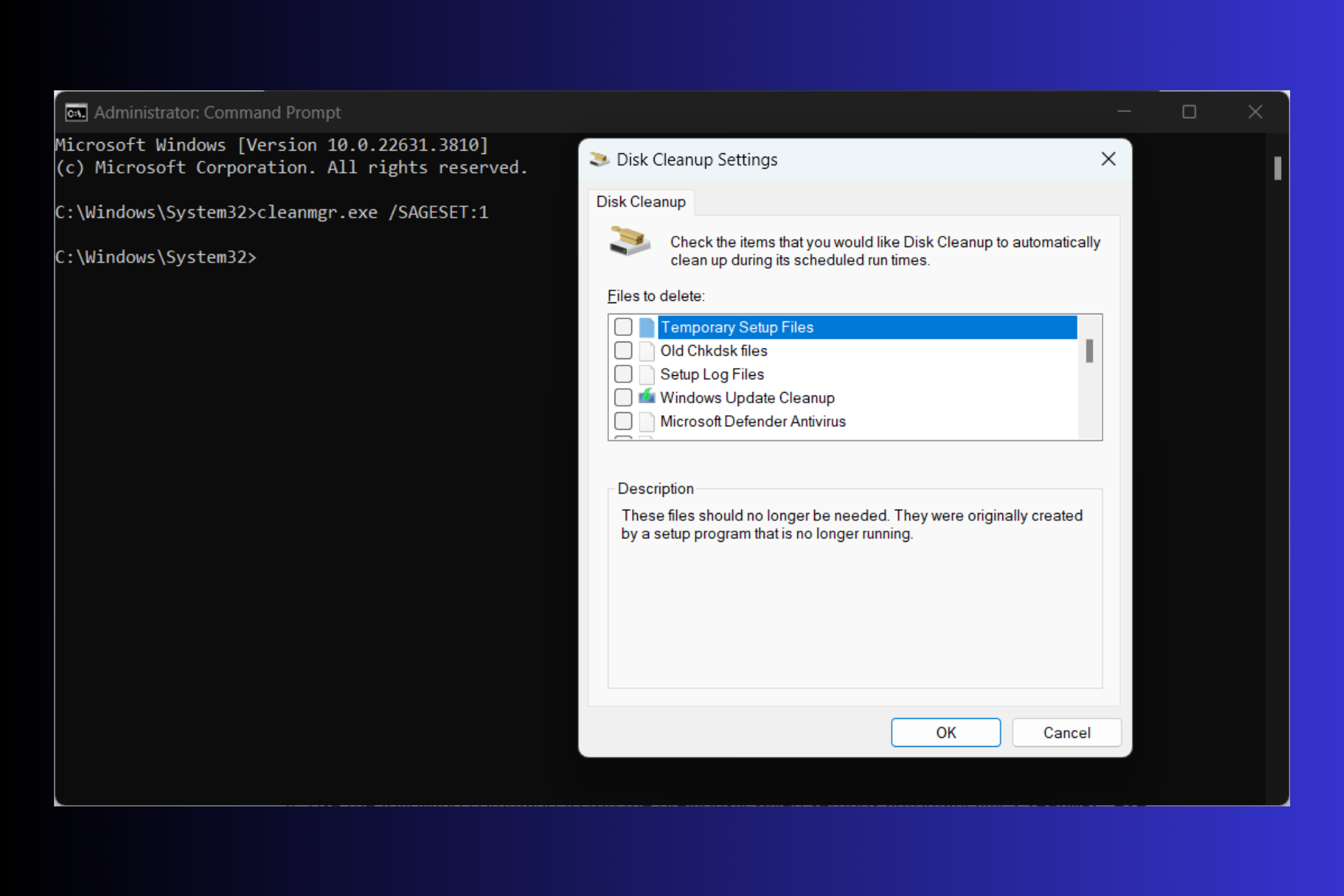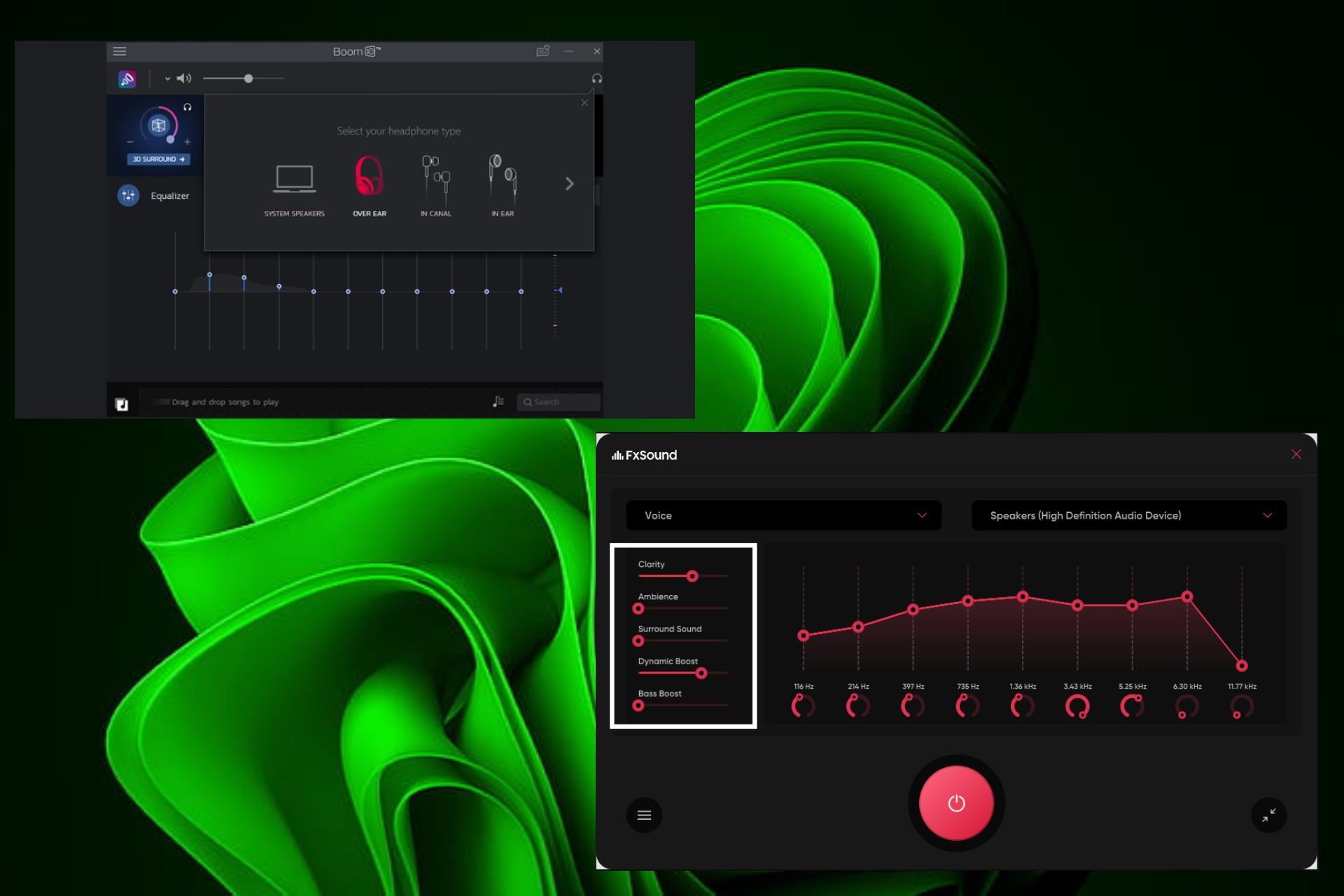Windows RT: Is it good? Is it bad? The difference might only be marketing
3 min. read
Published on
Read our disclosure page to find out how can you help Windows Report sustain the editorial team Read more
With Samsung’s decision to cancel production of Windows RT tablets for the US market, one has to wonder what the future looks like for Windows RT in general, and for the Surface RT tablet in particular.
Many critics pan Windows RT as a scaled down version of Windows 8. They point to its inability to allow the Surface tablet and other mobile devices to download programs outside of the Microsoft store as a major weakness. But this is a misconception; Windows RT is not Windows 8 lite, but a full operating system in itself. I would agree with the critics if Windows RT was offered as the primary operating system for a desktop or a laptop, but that’s not its purpose. It is designed to run on tablets and other mobile devices that utilize ARM architecture. In its proper capacity it is quite formidable. I find it interesting that critics don’t point out that one also cannot download programs outside of the Apple app store and Google Play to tablets and devices that utilize IOS, or Android OS.
In comparison to Windows 8, it is true that Windows RT lacks certain features and compatibility. But it is designed to allow the Surface RT and the other devices that run it, to take advantage of the ARM platform’s power efficiency, which, allows them to run quieter, and gives them a longer battery life; as opposed to Intel compatible processors that need more power, and generate more heat. I would venture that tech savvy consumers understand the differences between Windows 8, and Windows RT, and make an informed decision when purchasing one as opposed to the other. But, that the everyday consumer, the people who equate the word tablet with iPad, doesn’t; and this is where the marketing of the Surface tablet with Windows RT has failed miserably.
Although he didn’t address how Windows RT had been marketed, when speaking to CNET, Samsung executive Mike Abary stated that one of the reasons for Samsung’s decision to cancel production of its Ativ tablet in the US, was consumer confusion about Windows RT.
“When we did some tests and studies on how we could go to market with a Windows RT device, we determined there was a lot of heavy lifting we still needed to do to educate the customer on what Windows RT was,” Abary said.
He makes a valid point. Hopefully, Microsoft is listening. If the future for Windows RT and the Surface RT tablet is going to be a successful one, then it is time for the marketing gurus at Microsoft to shift into high gear to educate the consumer as to what the product is capable of, and what it is really designed to do.


